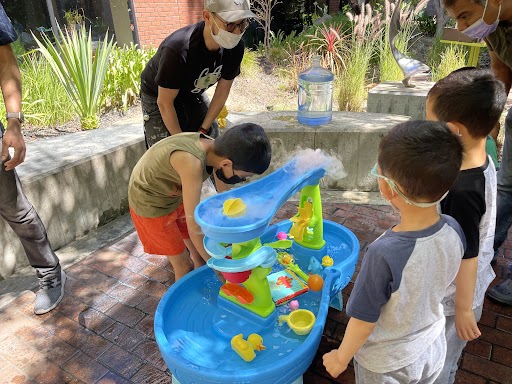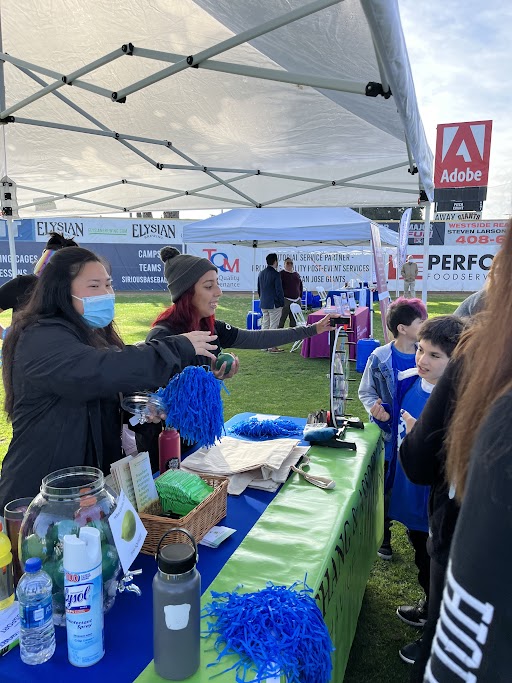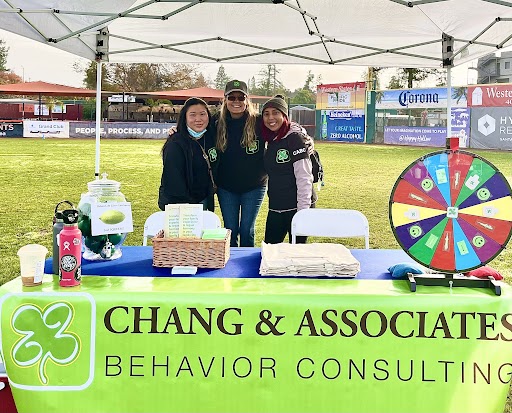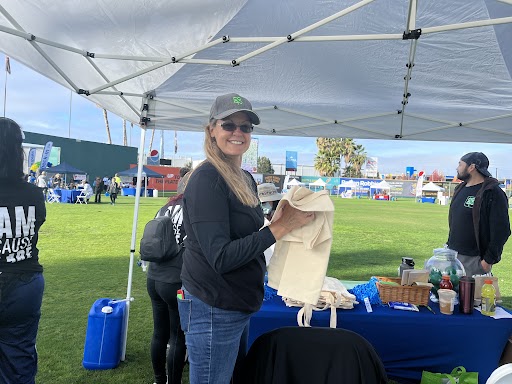














































Together we were able to raise donations to increase understanding and acceptance of individuals and families dealing with autism while also enjoying a day of celebration, positive energy and community. The Autism Speaks Walk is a great opportunity to support people with autism and help accelerate research for tomorrow. Continue reading
In terms of behavior, positive and negative do not equate to good and bad. They simply refer to adding and taking away. In ABA reinforcement is simply a consequence that increases the likelihood of a behavior occurring again in the future. Think of a boss handing out bonuses for a job well done, the employees will be incentivized to work well next time as well.
Continue readingNaturalistic teaching emphasizes a child’s unique experiences and adheres to a developmental systems perspective. This means that learning a new skill in one area (like color recognition when sorting) can be transferred to other areas (like using the name of a color to describe a desired object). This makes instruction time even more valuable and helps a child become more independent.
Continue readingABA is a lot of fun! One of the things we do is to use different kinds of language in our sessions. Language such as requests, comments and spoken words help us communicate with each other. The more we communicate with each other, the better we get at it. Discrimination training is a way for us to make sure that you understand what we want you to do.
Continue readingDiscontinuous measurement occurs when you divide an observation into intervals and take note of whether a behavior happened during some or all of each interval or at the precise time of observation. Collecting discontinuous data is usually simpler for therapists than collecting continuous data, but keep in mind it may lead to more measurement errors.
Continue reading